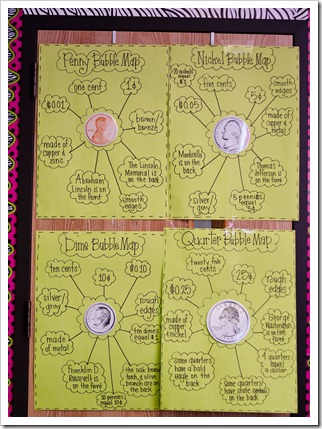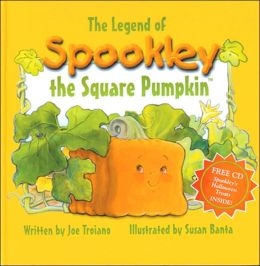
You can build a math center that features this catapult and have your students measure how far different objects travel when they are projected through the air from this catapult.
If you were in First Grade or Second Grade, which would you rather do?????
it would take them about 5-7 minutes to build.
The materials are quite common to find, and your school nurse is a great resource for the wider tongue depressors.
You need:
9 tongue depressors
rubber bands
1 heavy-duty plastic spoon.
Instructions
Step 1 – Take 7 of the craft sticks and tie a rubber band tightly around one end.Step 2 – Tie another rubber band tightly around the opposite end so all 7 sticks are bound together.
Step 3 – Take the remaining 2 sticks and tie a rubber band on one of the ends. Try to tie the band close to the edge of the sticks.
Step 4 – Insert the 7 sticks banded together through the 2 stick bundle as shown in the illustration below.
Step 5 – Tie a rubber band in a cross fashion joining the two pieces. The closer the 7 stick bundle gets to the edge, the more leverage the catapult will have.
Step 6 - Use a few rubber bands and attach the plastic spoon on the end.
That's it.
Now... for the math measuring fun.
Build in teacher control of the math center by choosing appropriate lightweight objects to catapult. We started with mini marshmallows and chocolate kisses candies.
Notice that the catapult machine is lined up behind a piece of masking tape on the floor so a consistent beginning measurement line is created.
(This activity also promotes measuring longer distances beyond the dimensions of a piece of paper, unlike the worksheet.)
Before we began we recorded our estimates of the distance (in inches) that we thought the marshmallow would travel, by placing 12 inch rulers in a line next to the measurement area, to give the students of an idea of actual distances.
Then we activated the catapult. YIPPEE
Notice that we ended up using a metal tape measure to measure how far the object traveled.
Here is a recording sheet for the students to use to record their measurements:
Assessment
Use this rubric to assess the students in the center:
So what Common Core Math Standards are covered in this activity?
Does this activity seem worthwhile...Yes.
Does this activity seem fun... YOU BET :)
For all my blog followers, just click on the Recording Sheet above to download a copy of the worksheets from my Google Drive account.
Smiles,
Deborah



.jpg)

.png)



.png)
.jpg)
.png)

.png)





"One of my strengths when working with a partner is..."
"When I work with a partner on a project, I always ____ so we both contribute to the final project."
"My partner knows that I am listening to their ideas about our project when I ..."
"Today, we are going to practice listening to a partner. I'll give an idea to you, and then you repeat it back to me. Here's a good sentence opener: "I heard you say ....."